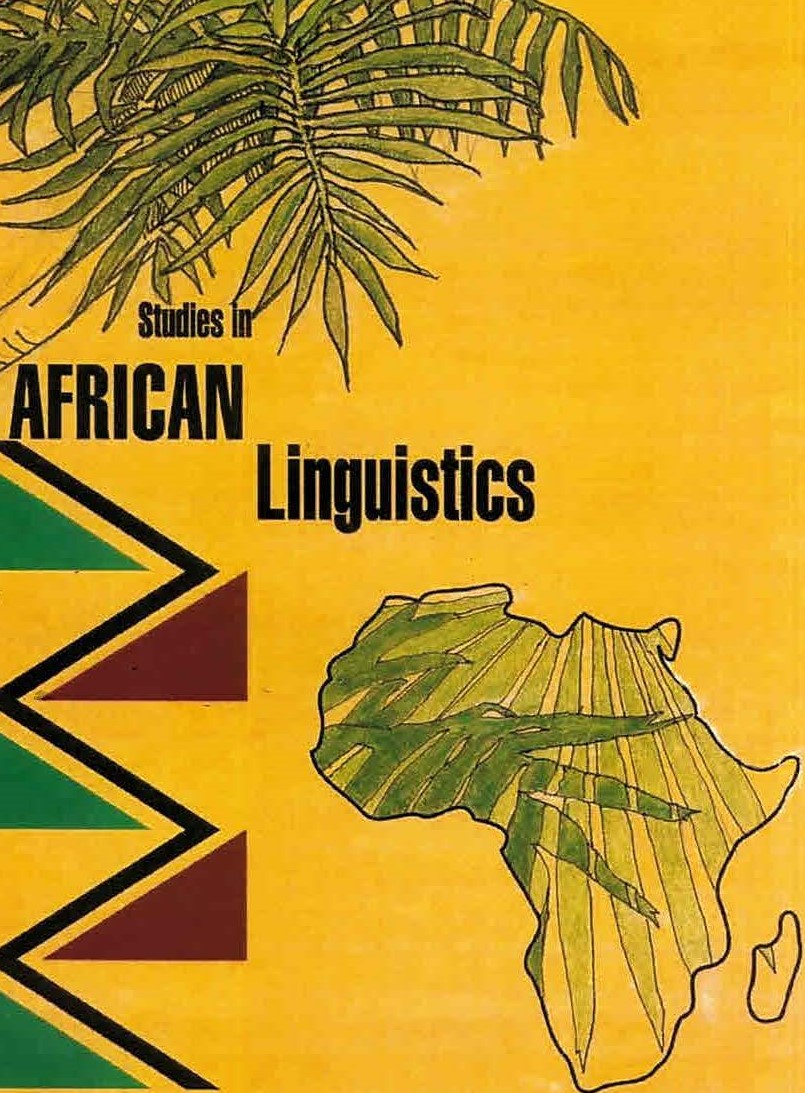The Syntax and Semantics of Clause-Chaining in Toposa
DOI:
https://doi.org/10.32473/sal.v49i1.122263Keywords:
clause-chaining;, foreground-background distinction;, clause-chaining model;, clause-skipping;, discourse structuringAbstract
Some languages make extensive use of clause-chaining. According to Payne (1997: 312), clause-chaining has been documented for languages in the highlands of New Guinea, Australia and the Americas. In Africa it is found in Ethiopia (Völlmin et al. 2007), in Kiswahili, a Bantu language (Hopper 1979: 213-215, Mungania 2018), in Anuak, a Western Nilotic language (Longacre 1990: 88-90 and 2007: 418) and in Toposa, a VSO language of South Sudan (Schröder 2011). Clause-chaining is characterized by a long combination of non-finite clauses that have operator dependency on a finite clause, and it usually signals foregrounded information in discourse (see also Dooley 2010: 3). Besides its discourse function, clause-chaining exhibits morpho-syntactic and semantic properties as demonstrated in this paper with examples from Toposa, an Eastern Nilotic language.


